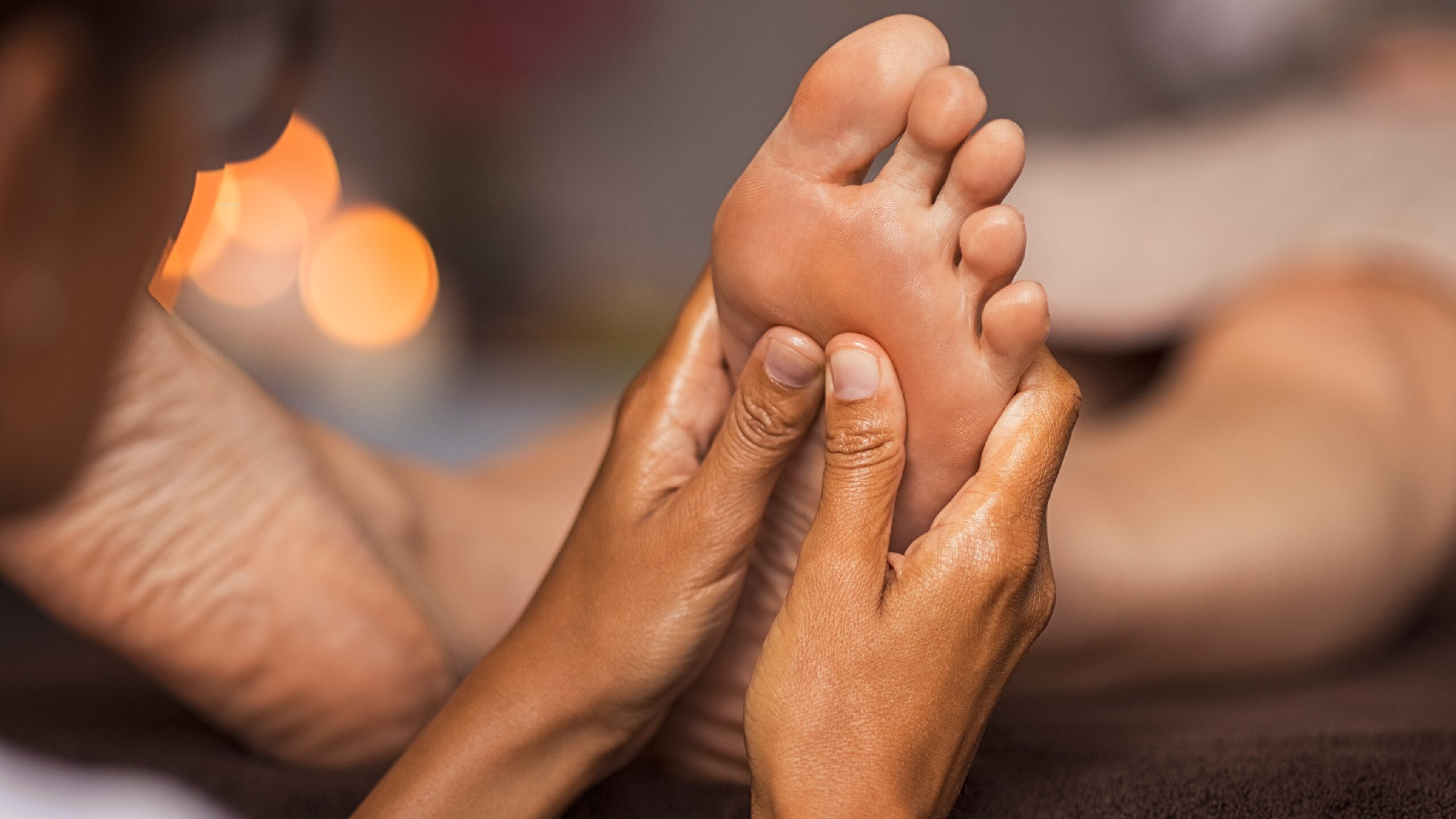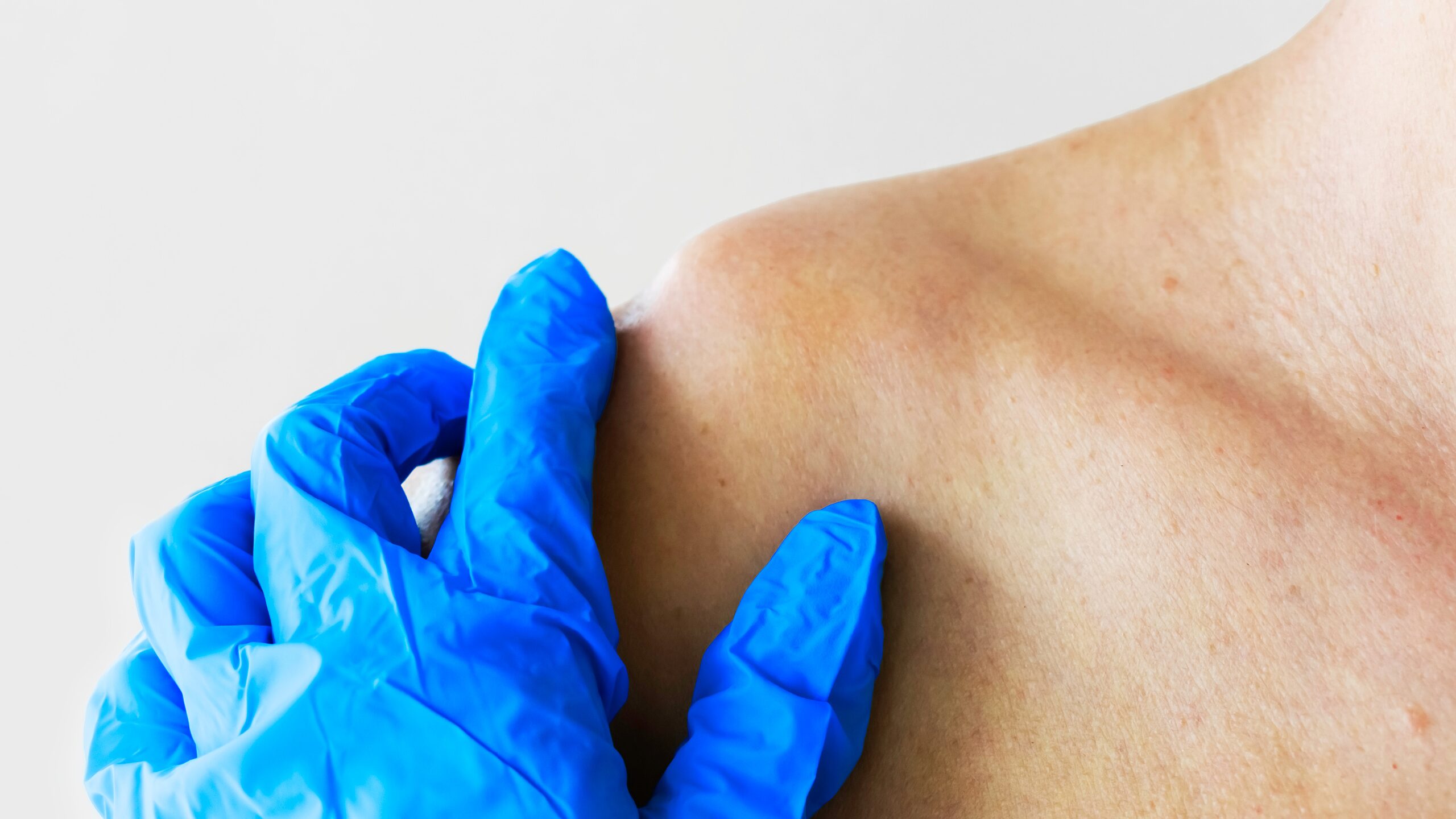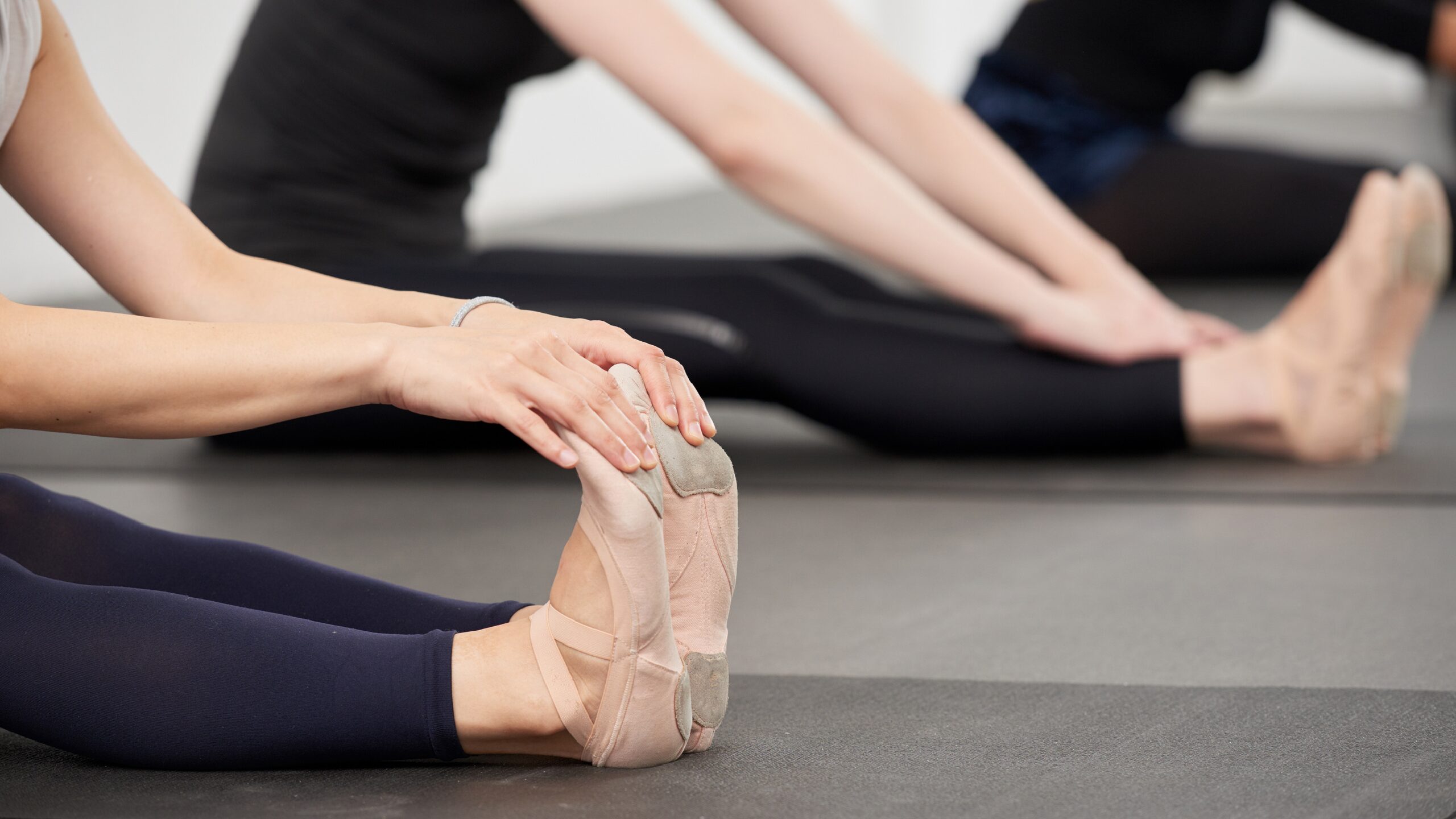
Understanding Morton’s Neuroma: An Orthopedic Guide to Foot Pain and Treatment
August 7, 2024
Comprehensive Guide to Clavicle Fracture ORIF (ORIF Clavicle): Understanding Surgery and Recovery
September 25, 2024Achilles tendonitis is a common condition that causes pain and discomfort in the back of the leg, just above the heel. It is often experienced by athletes, especially runners, but can also affect individuals engaged in physical activities or even those with poor foot biomechanics. Understanding the anatomy of the Achilles tendon, recognizing the symptoms, and knowing the available treatment options are essential in effectively managing and preventing tendon pain.
Understanding the Anatomy of the Achilles Tendon
The Achilles tendon is a strong fibrous cord that connects the calf muscles to the heel bone. It is the largest tendon in the body and plays a crucial role in activities such as walking, running, and jumping. The tendon is prone to injury because of its constant use and the high amount of stress it endures during physical activities. Understanding the anatomy of this tendon is crucial in recognizing potential problems and seeking prompt medical attention.
Located at the back of the ankle, the Achilles tendon is surrounded by a sheath known as the paratenon, which provides it with protection and support. This sheath allows the tendon to glide smoothly as the foot moves up and down. Additionally, the tendon is composed of collagen fibers that are arranged in a parallel fashion, giving it strength and flexibility. Blood vessels within the tendon help nourish the tissue and aid in the healing process in case of injury.
Furthermore, the Achilles tendon is named after the Greek mythological figure Achilles, known for his strength and invulnerability, except for his heel. This naming is symbolic of the tendon’s importance and vulnerability to injury. It is essential to maintain the health and strength of the Achilles tendon through proper stretching, strengthening exercises, and avoiding overuse to prevent potential issues that may arise from its overexertion.
Common Causes of Achilles Tendonitis
Achilles tendonitis can be caused by various factors, including:
- Overuse: Engaging in repetitive activities that put excessive strain on the tendon, such as running or jumping, can lead to inflammation and injury.
- Tight calf muscles: Having tight calf muscles can put additional stress on the Achilles tendon, making it more prone to injury.
- Improper footwear: Wearing shoes that do not provide adequate support or cushioning can increase the risk of developing tendonitis.
Additionally, sudden increases in physical activity or intensity can also contribute to the development of Achilles tendonitis. When individuals rapidly ramp up their exercise routine without proper conditioning, the tendon may not be able to adapt quickly enough, leading to strain and potential injury. It is important to gradually increase the intensity and duration of physical activities to allow the body to adjust and prevent overloading the Achilles tendon.
Furthermore, individuals with biomechanical issues, such as flat feet or high arches, may be more susceptible to developing Achilles tendonitis. These structural abnormalities can alter the way force is distributed throughout the foot and ankle, potentially placing increased stress on the Achilles tendon. Addressing these biomechanical issues through orthotic inserts or physical therapy can help alleviate strain on the tendon and reduce the risk of developing tendonitis.
Symptoms to Watch For: Recognizing Tendon Pain
Recognizing the symptoms of Achilles tendonitis is essential for proper diagnosis and treatment. Common symptoms include:
- Pain and stiffness in the back of the leg, just above the heel
- Tenderness to the touch
- Swelling or thickening of the tendon
- Mild to severe pain during physical activity
If you are experiencing any of these symptoms, it is important to seek medical advice to determine the severity of your condition and to receive appropriate treatment.
Achilles tendonitis is a common overuse injury that occurs in the Achilles tendon, which is the largest tendon in the body. The Achilles tendon connects the calf muscles to the heel bone and is crucial for activities like walking, running, and jumping. When the tendon is strained from repetitive movements or excessive stress, it can lead to inflammation and pain.
In addition to the symptoms mentioned above, individuals with Achilles tendonitis may also experience morning stiffness in the affected area, a sensation of warmth along the tendon, and a limited range of motion in the ankle. Ignoring these symptoms and continuing with strenuous activities can worsen the condition and potentially lead to more serious complications, such as tendon ruptures.
Diagnostic Techniques: How Orthopedic Specialists Assess Tendonitis
To accurately diagnose Achilles tendonitis, orthopedic specialists may use various diagnostic techniques, including:
- Physical examination: The doctor will assess the affected area, looking for signs of swelling, tenderness, and range of motion limitations.
- Imaging tests: X-rays, ultrasound, or MRI scans may be ordered to evaluate the extent and location of the injury.
These diagnostic techniques help orthopedic specialists determine the appropriate treatment plan for each individual case.
Furthermore, in some cases, orthopedic specialists may also perform specialized tests to assess the severity of Achilles tendonitis. One such test is the Thompson test, where the doctor squeezes the calf muscle while observing the movement of the foot. This test helps determine if the Achilles tendon is intact or if there is a complete rupture.
Additionally, orthopedic specialists may utilize diagnostic ultrasound to provide real-time imaging of the Achilles tendon. This non-invasive technique allows the doctor to visualize the tendon’s structure and assess for any abnormalities, such as thickening or tears, aiding in a more accurate diagnosis.
Treatment Options: From Conservative Care to Surgical Solutions
Treatment for Achilles tendonitis typically begins with conservative measures and progresses to more invasive solutions if necessary.
Conservative treatment options include:
- Rest and activity modification: Reducing or avoiding activities that aggravate the condition can allow the tendon to heal.
- Physical therapy: Exercises to stretch and strengthen the calf and Achilles tendon can help in the recovery process.
- Orthotic devices: Wearing shoe inserts or heel lifts can correct foot biomechanics and reduce stress on the tendon.
If conservative treatments fail to provide relief, surgical options may be considered. These can include tendon repair, debridement, or lengthening procedures, depending on the severity of the injury.
It’s important to note that Achilles tendonitis is a common overuse injury that can affect individuals involved in activities that require repetitive jumping or running. Runners, basketball players, and dancers are particularly prone to developing this condition due to the constant stress placed on the Achilles tendon during these activities.
Furthermore, proper footwear plays a crucial role in both the prevention and treatment of Achilles tendonitis. Shoes with good arch support and cushioning can help reduce strain on the tendon and promote proper alignment of the foot and ankle. In some cases, a podiatrist may recommend custom orthotics to provide additional support and stability.
The Role of Physical Therapy in Recovery
Physical therapy plays a crucial role in the recovery process for Achilles tendonitis. A skilled physical therapist can create an individualized rehabilitation program that includes stretching, strengthening, and functional exercises to promote healing and prevent future injuries. This therapy can also address any imbalances in the lower extremities that may contribute to tendonitis.
Preventative Measures: Tips for Avoiding Achilles Tendonitis
Preventing Achilles tendonitis is key to maintaining long-term tendon health. Here are some tips to minimize the risk of developing this condition:
- Proper warm-up and cool-down: Always perform dynamic stretches and gentle exercises before and after physical activity to prepare the muscles and tendons for stress.
- Gradual training progression: Avoid sudden increases in intensity, duration, or frequency of physical activities to prevent overuse injuries.
- Wear appropriate footwear: Choose shoes that provide proper arch support, cushioning, and stability for your activities.
- Listen to your body: Pay attention to any pain or discomfort and give yourself time to rest and recover when needed.
The Importance of Proper Footwear and Biomechanics
Proper footwear is essential in reducing the risk of Achilles tendonitis. Wearing shoes that fit well and provide adequate support can help distribute forces evenly and minimize excessive strain on the tendon. It is also important to address any biomechanical issues, such as flat feet or overpronation, that may contribute to the development or recurrence of tendonitis. Consulting with a podiatrist or orthopedic specialist can help determine the most suitable footwear and any necessary orthotic devices.
Lifestyle Modifications for Long-Term Tendon Health
Adopting a healthy lifestyle can promote long-term tendon health and prevent the recurrence of Achilles tendonitis. This includes maintaining a balanced diet, getting regular exercise, and avoiding smoking, which can impair the healing process and increase the risk of injury.
When to Seek Professional Help: Knowing Your Limits
At Center for Specialty Care, we are committed to helping you manage and overcome conditions like Achilles tendonitis with the highest level of care and expertise. Our team of experienced orthopedic specialists and physical therapists is dedicated to providing personalized treatment plans that address your unique needs. Whether you’re dealing with the early stages of tendon pain or seeking recovery from a more severe injury, we have the knowledge and resources to guide you through every step of the process.
When it comes to diagnosing Achilles tendonitis, choosing the right healthcare provider is crucial. At Center for Specialty Care, our specialists utilize advanced diagnostic techniques, such as physical examinations and imaging tests, to accurately assess your condition. This thorough evaluation allows us to develop a targeted treatment plan that may include conservative measures like rest, physical therapy, and orthotic devices, all designed to promote healing and restore your mobility.



